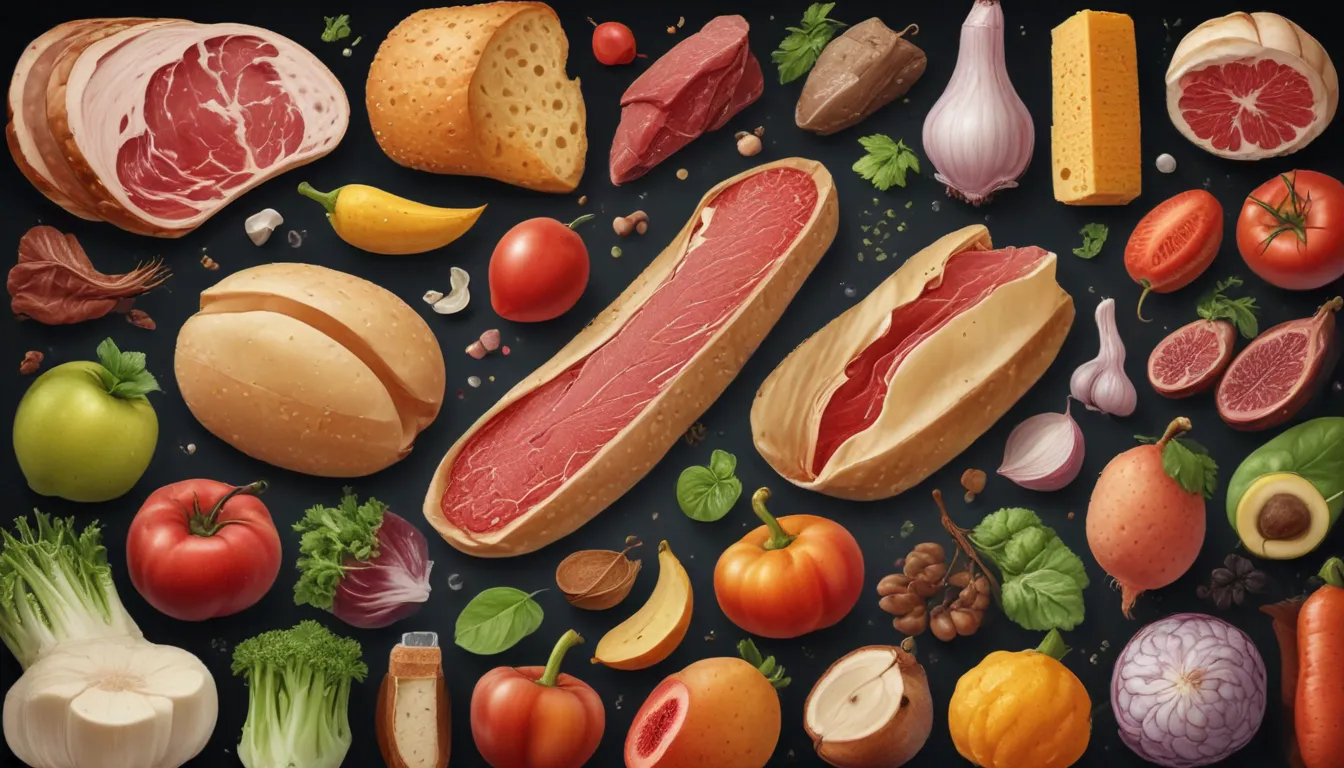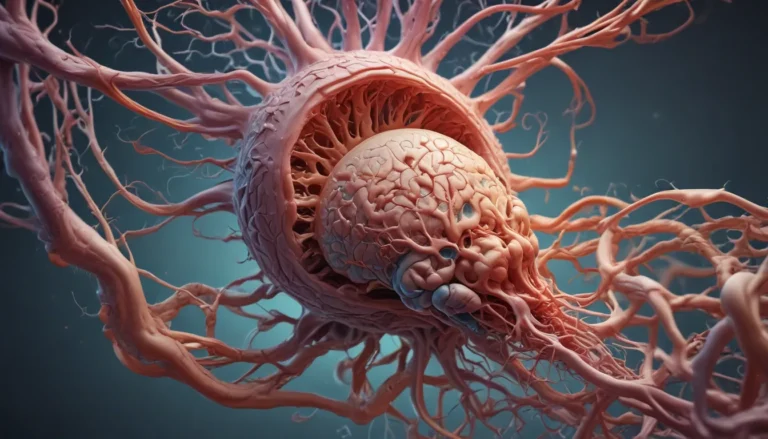A Note About Images: The images used in our articles are for illustration purposes only and may not exactly match the content. They are meant to engage readers, but the text should be relied upon for accurate information.
Food spoilage is a natural process that has intrigued humans for centuries. Despite our best efforts to preserve and protect our food, various factors can lead to its decay and deterioration. From bacterial growth to enzymatic reactions, the science behind food spoilage is both fascinating and complex.
In this article, we will delve into the enigmatic world of food spoilage and uncover 12 intriguing facts that shed light on this process. From the impact of temperature and moisture to the role of oxygen and packaging, we will explore why our food goes bad and how we can prevent it. Whether you’re a curious food lover or a budding chef, understanding the science behind food spoilage can help you make informed decisions about food storage and preservation. So, let’s unravel the mysteries of food spoilage together!
Key Takeaways:
- Even properly stored food can spoil due to microscopic mold spores and bacterial growth.
- Understanding the science behind food spoilage can help us make informed decisions about food safety and quality.
The Mystery of Food Mold
Mold spores can travel through the air and land on bread, even if it is properly stored. The microscopic nature of mold spores allows them to infiltrate even the tiniest openings, leading to the growth of mold on food.
The Curious Case of Sour Milk
The sour taste of milk is attributed to the growth of bacteria, specifically lactobacilli. These bacteria consume the lactose in milk and produce lactic acid as a byproduct, giving milk its sour taste and indicating spoilage.
The Puzzling Phenomenon of Fuzzy Fruits
Fuzzy fruits are caused by fungal growth, particularly a mold called Botrytis cinerea. This mold thrives in humid conditions and can easily spread from one fruit to another, accelerating the spoiling process.
The Intriguing Transformation of Fresh Meat
Bacteria thrive in the moist and protein-rich environment of raw meat, leading to the development of unpleasant odors and potential health risks if consumed.
The Uncanny Conversion of Crisp Vegetables
Transpiration causes vegetables to lose moisture as they age, resulting in limp and wilted vegetables due to the collapse of their cell walls.
The Mysterious Mushrooms
Mushrooms spoil rapidly due to their high perishability and susceptibility to mold and bacterial growth in their porous and moist environment.
The Enigma of Rancid Oils
Rancid oils have an unpleasant flavor and odor due to oxidation, especially in oils high in unsaturated fats. This deterioration affects the quality of the oil over time.
The Puzzle of Floating Eggs
Floating eggs indicate spoilage as the liquid inside evaporates over time, creating a larger air cell and changing the density of the egg.
The Dilemma of Foul-Smelling Seafood
Spoiled seafood emits a strong, fishy odor due to the breakdown of proteins by bacteria. Proper handling and storage of seafood are essential to maintain freshness.
The Riddle of Discolored Deli Meats
Exposure to oxygen causes deli meats to develop an unusual discoloration, indicating oxidation of fats and proteins and making the meat unsuitable for consumption.
The Intricate Decay of Dairy Products
Bacteria in dairy products can break down proteins and fats, leading to off-flavors, odors, and visible signs of spoilage.
The Perplexing Preservation of Processed Foods
Processed foods stay fresh due to methods such as adding preservatives, modifying pH levels, and utilizing packaging techniques designed to inhibit spoilage-causing microorganisms.
In conclusion, understanding food spoilage is crucial for maintaining food safety, quality, and shelf life. By recognizing the signs of spoilage and taking preventative measures, we can make informed decisions about our food choices. Proper storage, handling, and hygiene practices are key in preventing food spoilage and minimizing foodborne illnesses. By staying informed and making conscious choices, we can enjoy safe and nutritious food for longer periods.
FAQs
Q: What causes food to spoil?
A: Food spoilage is generally caused by microbial growth, enzymatic reactions, oxidation, and physical factors such as temperature and moisture.
Q: How can I prevent food spoilage?
A: Proper food storage, refrigeration, and good hygiene practices are essential in preventing food spoilage. Keeping perishable foods at the appropriate temperature, using airtight containers, and practicing regular cleaning are important steps.
Q: Can spoiled food make you sick?
A: Yes, consuming spoiled food can lead to foodborne illnesses due to bacteria, molds, and toxins produced by microorganisms.
Q: What are some signs that indicate food spoilage?
A: Signs of food spoilage include changes in color, texture, odor, and the presence of mold or slime. If your food appears or smells off, it is best to discard it.
Q: Are there any natural methods to preserve food?
A: Yes, various natural methods like dehydration, canning, fermenting, pickling, and using natural preservatives can help preserve food.
Stay informed about food spoilage mysteries and proper food preservation techniques to ensure the freshness and safety of your ingredients. Explore additional food safety facts and discover top-rated refrigerators and storage containers to keep your kitchen well-stocked with unspoiled food. Trust in our dedication to delivering credible and engaging content as you embark on your journey to understanding food spoilage and preservation.






